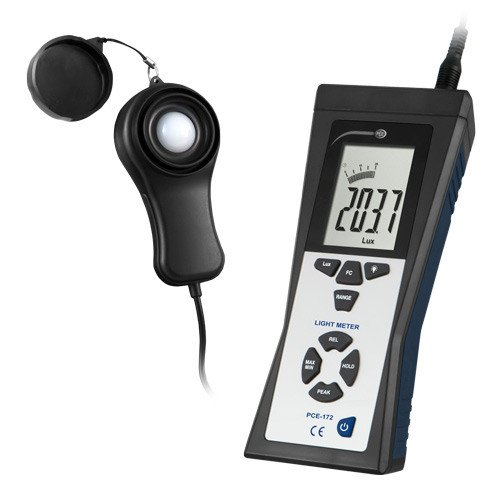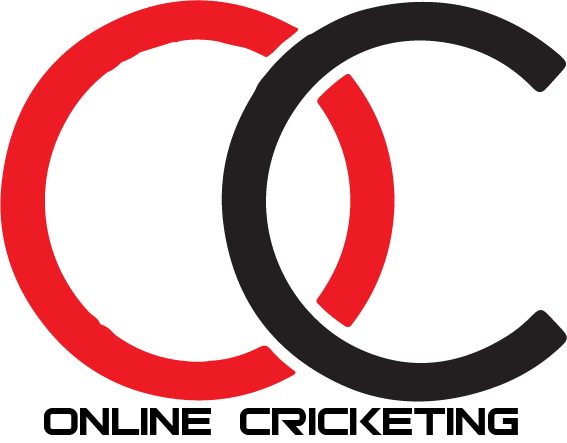
A lux meter is a device required to measure light intensity in a given area. This tool is commonly used in various fields, such as photography, horticulture, building design, and scientific research.
Application of lux meter
Firstly, lux meters are often used in photography to ensure proper exposure. Exposure is the light that reaches the camera sensor or film, and incorrect exposure can result in overexposed or underexposed images. Lux meters can measure the light in a scene and determine the correct shutter speed, aperture, and ISO settings for optimal exposure. This is especially useful for photographers who work in low-light conditions or need to maintain consistent lighting across a series of images.
Another common application of lux meters is in horticulture. Plants require a certain amount of light to grow and thrive; a lux meter can help ensure that plants receive the appropriate amount of light. For example, different types of plants require different light levels, and a lux meter can be used to measure the light levels in a given area and determine which plants will grow best there. Lux meters also ensure indoor plants receive enough light from artificial sources, such as grow lights.
Lux meters are also frequently used in building design and architecture. To ensure that buildings are well-lit and energy-efficient, architects and designers use lux meters to measure the amount of natural and artificial light in a space. This information determines the appropriate placement of windows, lighting fixtures, and shading devices. By optimizing the use of natural light and minimizing the use of artificial light, buildings can be designed to be more energy-efficient and environmentally sustainable.
Lux meters are also used in scientific research, particularly in biology, environmental science, and astronomy. In biology, lux meters can be used to measure the light levels in different habitats and determine how plants and animals respond to changes in light intensity. In environmental science, lux meters can be used to study the effects of light pollution on wildlife and ecosystems. And in astronomy, lux meters can be used to measure the brightness of stars and other celestial objects.
Advantages of lux meters
One of the key advantages of lux meters is their ease of use and portability. They are relatively simple to use, with many models featuring a single button or dial for taking readings. This makes them a convenient tool for various applications, from professional photographers to amateur gardeners.
Another advantage of lux meters is their accuracy and precision. Most modern lux meters are digital and use a photodiode or photovoltaic cell to measure light intensity. These devices are highly sensitive and can detect even small light-level changes. Additionally, many models feature a calibration function that ensures accurate readings over time.
However, there are some limitations to lux meters that researchers and users should be aware of. One of the most significant limitations is that lux meters only measure visible light. They cannot detect other types of electromagnetic radiation, such as ultraviolet or infrared light, which may be important in certain applications. Additionally, lux meters may only be effective in somewhat light conditions or areas with highly variable lighting conditions.
Conclusion
Lux meters are versatile and useful for measuring light intensity in various applications. From photography to horticulture to scientific research, lux meters provide valuable information about the amount of light in a given area. While these devices have some limitations, they remain an important tool for anyone who needs to measure light levels accurately and consistently.









